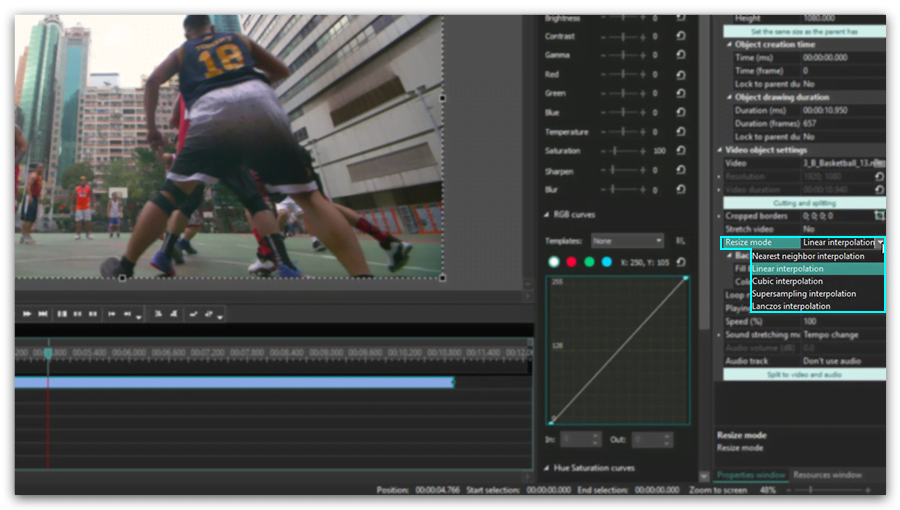

The easiest and most direct way to help your page speed is to reduce image file size.
#Best image resizer cubic how to#
How to Improve Your Page Speed Resizing your images will help you optimize your page.
It makes sense that the more bytes used to make up a web page, the longer the page will take to load. Everything on a page, from images and text to animations and navigation menus, takes up a certain amount of disk space measured in bytes. When you navigate to a website page, your browser downloads information from that page in units called bytes (e.g., kilobytes, megabytes). We measure page speed by load time or the amount of time it takes for the browser to display all of the content on a page. Learn more about the factors that affect image display for the web in our image resolution post.Īgain, you want to adjust these components so you can keep your page speed as fast as possible. Compressing an image involves limiting the file size by reducing the quality or removing hidden elements of an image. Quality - If you maintain the original quality of the image, the file size remains large.To decide between JPEGs, PNGs, SVGs, or GIFs, read our recommendations for the best image formats for the web. File Type - Different types of files take up more space based on their uses, the amount of information they contain, and how the images themselves are rendered, as bitmaps or vector equations.If the dimensions for a photograph are 2000×1500 pixels, the photo will render beautifully but eat up valuable space.
#Best image resizer cubic professional#
The larger the dimensions are for your image, the more professional your image will look, but the larger the file size will be.


 0 kommentar(er)
0 kommentar(er)
